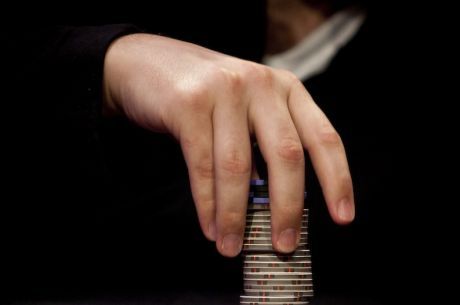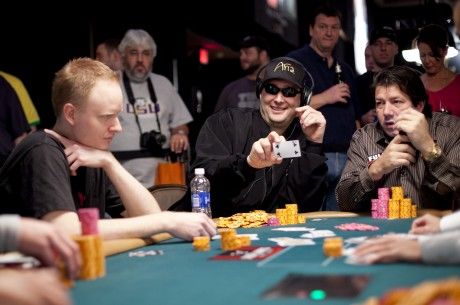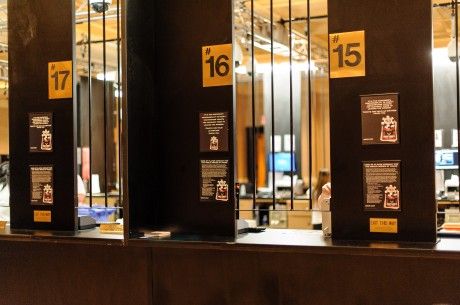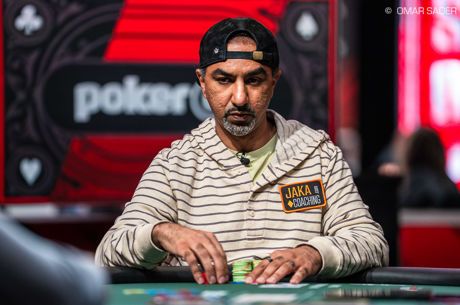Blowing Your Stack: The Economics of ��Best Stack Forward�� Tournaments
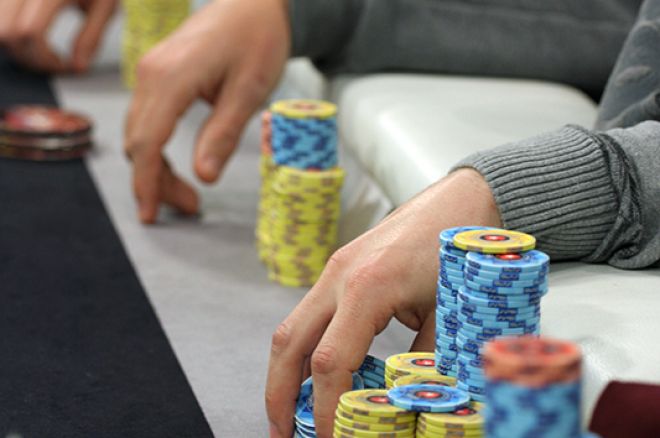
There��s been vociferous discussion in poker circles during the past year over so-called ��best stack forward�� (BSF) tournaments, including criticism from pros about their integrity and security. Let��s take a look at what these tournaments offer to you, as a player, and how they pencil out on the balance sheet.
What They Are
The BSF format has been around for a while, particularly in low buy-in, high guarantee events like the Bicycle Casino��s Mega Millions, where the latest incarnation has no less than 11 starting days. Players can enter any (and all) of the flights, moving to Day 2 with the largest of the stacks they build. Events like the Mega Millions pay players a set price for forfeited stacks; in some other tournaments you just give up the smaller stacks.
The Pros
The format can build big prize pools from small buy-ins by drawing in large numbers of reentries. In events where forfeited stacks are bought by the casino, a player confident in her ability to qualify can play a number of flights almost as if they were survivor tournaments.
The Cons
Questions have been raised about the possibility of ��chip smuggling�� in BSF tournaments. Specifically, some have speculated that a player who had already advanced to Day 2 could pull chips from a stack on one entry and introduce them into a subsequent entry in order to gain an advantage and more easily advance a second time.
The Numbers
The Mega Millions X, which ran in August, had a prize pool of $1.8 million ($290K for first prize) with buy-ins starting at $160 (and a $100 add-on). With 22 flights (including four levels of re-entry within each flight) there was an average of 245 entries per flight at the $160 level, with 5% of the field qualifying for Day 2. The next two groups of 2.5% were paid $500 or $400. Players making it to Day 2 earned $700 minimum. Players who qualified for Day 2 more than once received an entry into a World Poker Tour Main Event worth $3,700.
Treating the WPT seat as a prize at face value, what kind of return would this tournament offer someone willing to take a number of shots at it? I ran a simulation for 1,000 players with in-the-money percentages from 10% to 25%, and this is what I got:
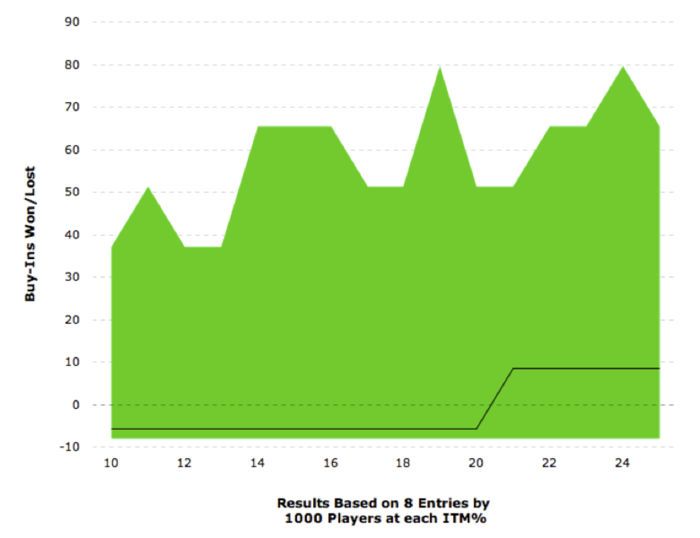 |
|---|
This graph represents the minimum expectations for players buying in at the bottom level by the beginning of Day 2 of a tournament like the Mega Millions. At that point, a player either has busted, has cashed between the 5th and 10th percentiles, or will be paid at least as much as the minimum Day 2 cash. The player may also have qualified for Day 2 multiple times. The simulation doesn��t attempt to take into account payments above the minimum cash and payout for multiple stacks.
Over eight entries (just over $2,000 in entry fees) the break-even point is for players with a 2:1 advantage on the rest of the field, as shown by the black line representing the median number of buy-ins won. An extra qualifying stack is worth 14 buy-ins; there were outliers in the simulation that accrued as many as 6 qualifying stacks.
In reality, the numbers are small. According to the Bike��s reports, in Mega Millions X there were 5,416 entries at the $160 level. There were 33 stacks that were double qualifiers �� just 0.6% of the number of entries. Three players triple-qualified, and two of the multiple qualifiers were at the top of the leader board to begin Day 2, with another four in the top 25.
Most of the multiple-qualified players went out in the first payout levels of Day 2, with only three cashing for more than they got for their forfeited stack. But several went on to make deep runs in the WPT Main Event, with Massoud Eskandari turning his qualifier into a second-place finish for $330K.
NOTE: The simulation is editable with JSFiddle. You can modify the ITM range, the number of players at each ITM%, the number of entries per player, and the tournament costs and payouts.
The Payoff
For solid players capable of taking a number of swings at this type of tournament (both in time and money), there seems to be some real potential, so long as forfeited stacks are compensated. Just paying an extra buy-in in the hope that you��ll build a bigger stack to better your chances on Day 2 probably isn��t a +EV decision for most players.
In the simulation above, a player who double-qualifies in eight entries makes a minimum 850% ROI if the player gets an equivalent cash payout or can make near face value for a tournament seat.
The Controversy
Are these types of tournaments inherently less secure than others? With only about 1 in 200 players double-qualifying in a big event like Mega Millions, from a practical standpoint it��s probably a non-issue. The same type of chip-smuggling technique could theoretically be employed in any rebuy tournament. If a player feels he is falling behind, the player could pull off a portion of his chips, bust out, and reenter in the same flight, adding smuggled chips to his stack before any end-of-day count would miss them. Nevertheless, we probably won��t see rebuy tournaments going away any time soon.
Players who qualified multiple times in Mega Millions X actually did better in the WPT Main Event (which they qualified for with their smaller, forfeited stacks) than they did in the Mega Millions with their larger stacks. That doesn��t indicate much of an advantage to a potential chip-smuggler. If anything, it shows just how skilled the folks who can multiple-qualify for best stack forward tournaments really are.
Darrel Plant lives in Portland, Oregon. A computer programmer by profession and a game player at heart, he writes about math and poker at his blog, Mutant Poker.
Get all the latest PokerNews updates on your social media outlets. Follow us on Twitter and find us on both Facebook and Google+!

